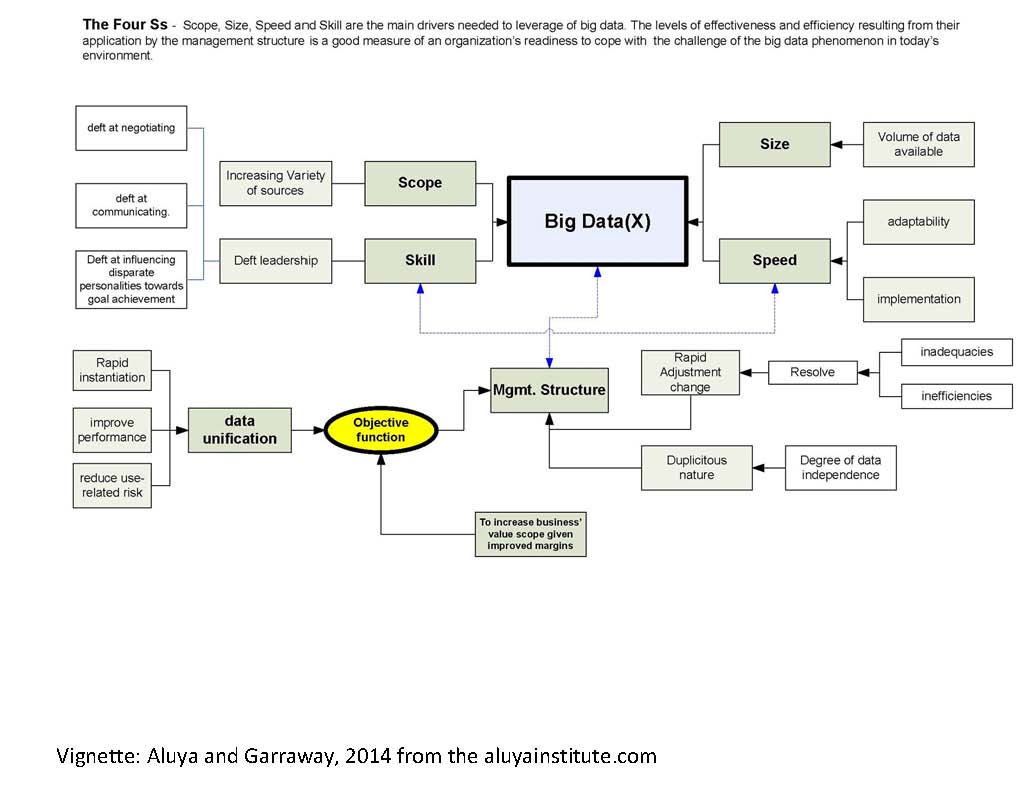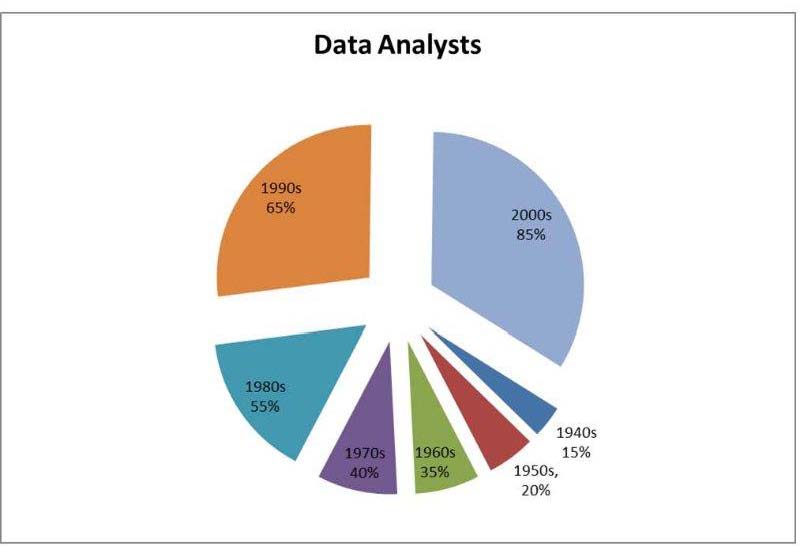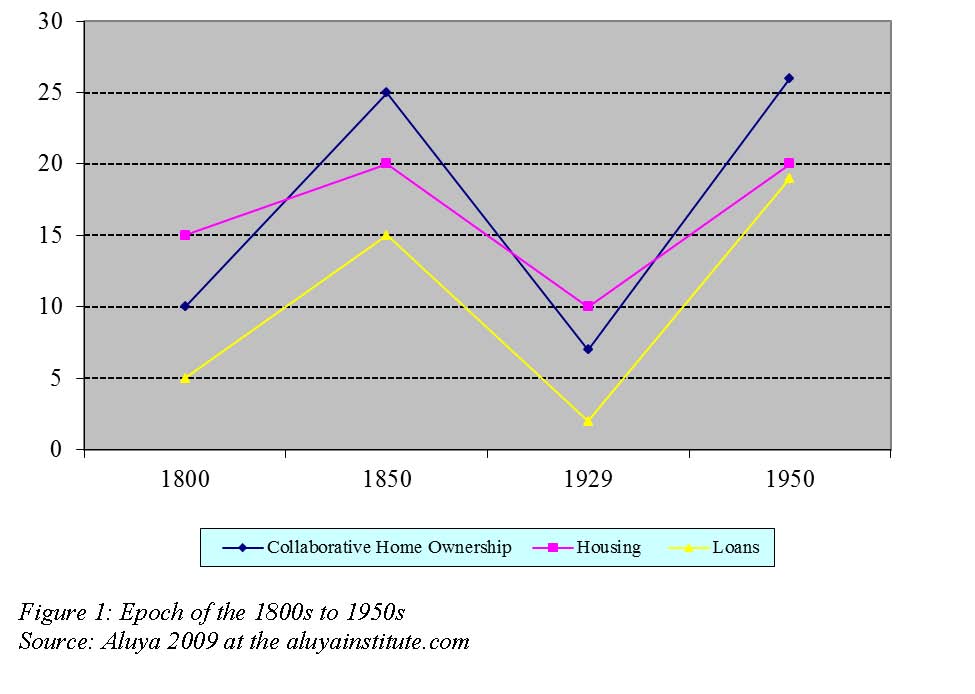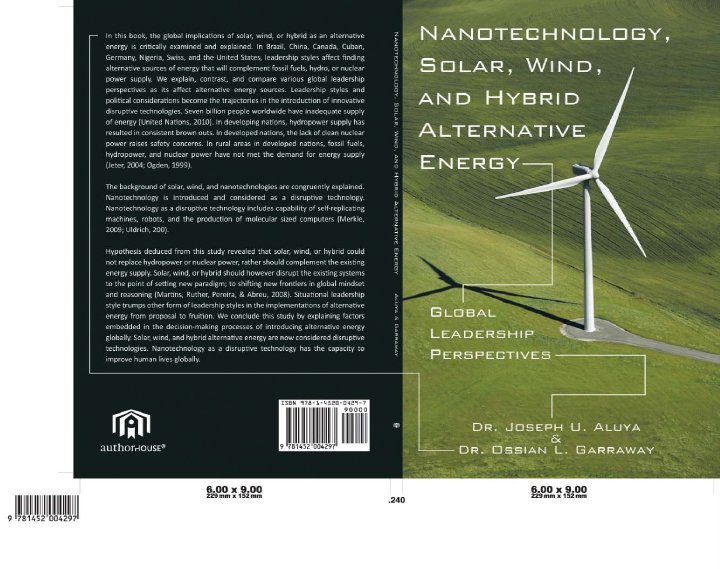Disruptive Technology Meets The Biofuels Industry – Dr. Joseph Aluya and Dr. Ossian L. Garraway : AuthorHouse
In this book, we have analyzed and synthesized the historical trends and the global economic implications of Biofuels from 1859 to present. We disserted expert’s opinions and controversies surrounding the costs, benefits, crops (first and second generation) materials used for Biofuels, and also the social and ecological implications of using Biofuels as an alternative form of energy (Christensen, Johnson & Rigby, 2002; Christensen, Anthony & Roth, 2004; Songstad, Lakshmanan, Chen, & Gibbons, 2009; Kovarik, 1998). We have traversed Brazil, China, India, Japan, Nigeria, the Netherlands, and other countries to analyze the costs and benefits economically and socially as it affect human kind.
Further, we discovered that various leadership styles and political considerations are inextricably intertwined with the success and failures of implementing Biofuels as an alternative to fossil fuels from proposal to fruition. From the United States to other European nations and back to the developing nations, political considerations and the type of leadership styles ensconced in the systems enhanced or inhibited the introduction of disruptive technologies that propagates Biofuels as disruptive technology (Aluya, 2009; Corrin, 2008; Kovac, 2006; Peter, 2007; Moresco, 2008; Ngo, 2007). We examined various statistical models to explain this phenomenon of the costs and benefits generated through the use of Biofuels as disruptive technologies. The costs of producing Biofuels outweigh the benefits when pitted against oil below $70 (USD) per barrel. One of the challenges we encountered during this study centers on an industry using incumbent technologies (i.e. fossil fuels) being asked to disrupt the existing systems and to compete with itself in the energy market. Interestingly, globally, leaders of various nations are willing to give subsidies to disruptive technologies (i.e. Biofuels) to incumbent technology so that these incumbents can compete with themselves in the energy sector of the market.










